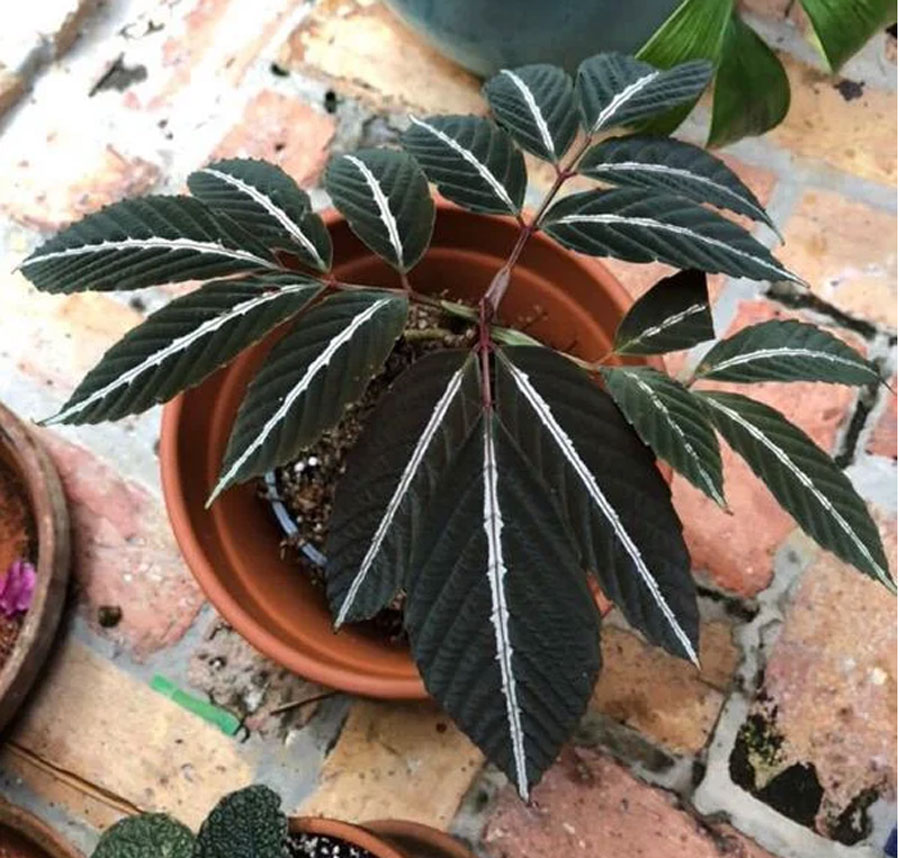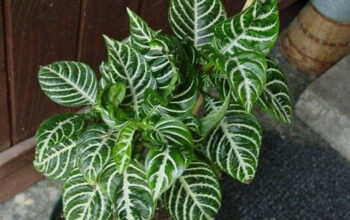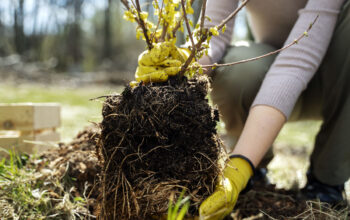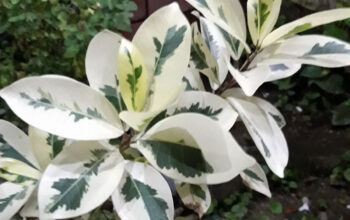Leea amabilis plant
In the Philippines and parts of Asia, Leea (Tagalog: Talyantan) is a genus of plants native to northern and eastern Australia, New Guinea, South and Southeast Asia, and Africa. Leea (west indian holly, hawaiian holly) is characterized by approximately 70 species and is classified as part of the Vitaceae family. There are 4 to 6 alternate elliptic-oblong, sharply pointed, opposite leaflets on each leaf. The leaves are fully 6 inches long and 1 1/2 to 2 inches broad and have prominent midribs with oblique symmetrical veins branching from them. Leaflets are red-tinged with a deep shade of brown when first expanded and characterized by a pale rose band along the midrib; when fully mature, they are dull bronzy green, shaded with brown, and surrounded by a broad, white, rounded band. Read also.
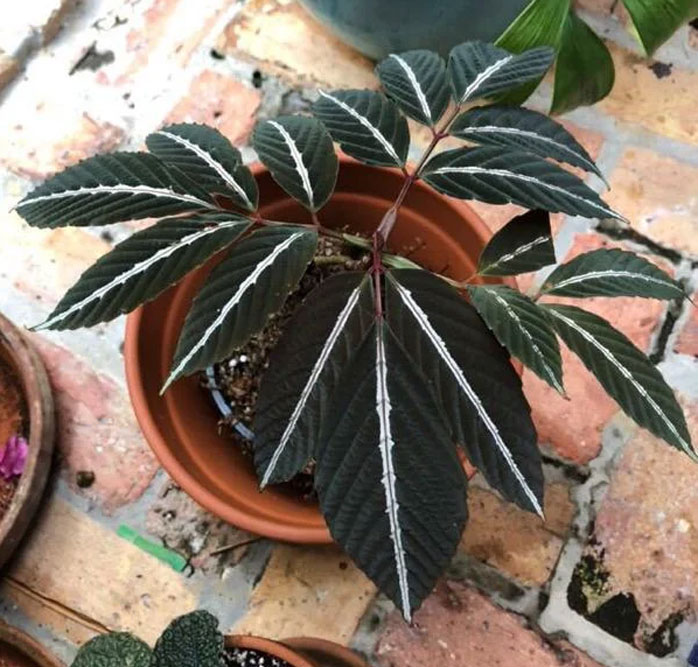
Overview of Leea amabilis plant
Scientific name Leea acuminatissima Merr.
Common name West Indian Holly, Hawaiian Holly
Plant type Leaf plants
Blooming time Summer
Sun required Partial shade or Dappled Shade
Soil Good mix of soil, well-drained soils
Soil pH 5.5-6.8
Zone 9-11
Growing and caring Leea Amabilis Plant
In a year it grows to 60 cm. The Leea Amabilis plant is easy to care for and easy for even a beginner plant parent to grow. It doesn’t take much maintenance to maintain them. The plant is poisonous, and the leaves inside cause skin irritation, so it is not recommended to consume them.
Soil
Leea Amabilis needs a good mix of soil that provides good drainage. When their roots are able to breathe because of the air pockets, it is a big plus. By having an airy pocket in the soil mix, root rot is prevented if excessive watering occurs. The soil should be rich and loose (pH 5.5-6.8 > to be applied home-made. A pot with a hole should have 1 part leaf soil, 1 part sod land, 1 part coarse sand, or perlite, and 1 part peatland.
Watering
The water requirements of Leea Amabilis are moderate. Water that has been distilled or collected from the rain is ideal. To feed them, use bottled water rather than tap water since it leaves a water deposit most of the time. Every summer and winter, you should water the plants with warm, soft water once a week. In the case of extreme heat, water every day. Never let the soil completely dry out; it should always be slightly moist. Watering increases the plant’s susceptibility to diseases as well as excessive watering.
Temperature and humidity
The Bornean rainforests are the native habitat of Leea Amabilis. The rainforest would have an average temperature of 20-25°C or 68-77°F. Lower temperatures slow growth, which results in falling leaves. Plants respond very badly to cold air, hence it is imperative that the room be ventilated carefully in winter. It is not possible for Leea Amabilis to handle the cold below those temperatures in general. They will shock and freeze. The result will be that they will slowly die from being so weak.
A high humidity level of 70-100% is ideal for Leea Amabilis. It is very important to always keep the temperature at this level so that your plants remain healthy. Making your own humidifiers is an option if your home is too dry. The first thing you need to do is spray around the room. During evaporation, there will be an increase in humidity. In addition to building a greenhouse for plants, it is also possible to increase humidity by making one. Wrapping the plants in an extra airy plastic bag can suffice, but not in a vacuum mode. Ideally, the pot should be placed on a pallet filled with moist pebbles.
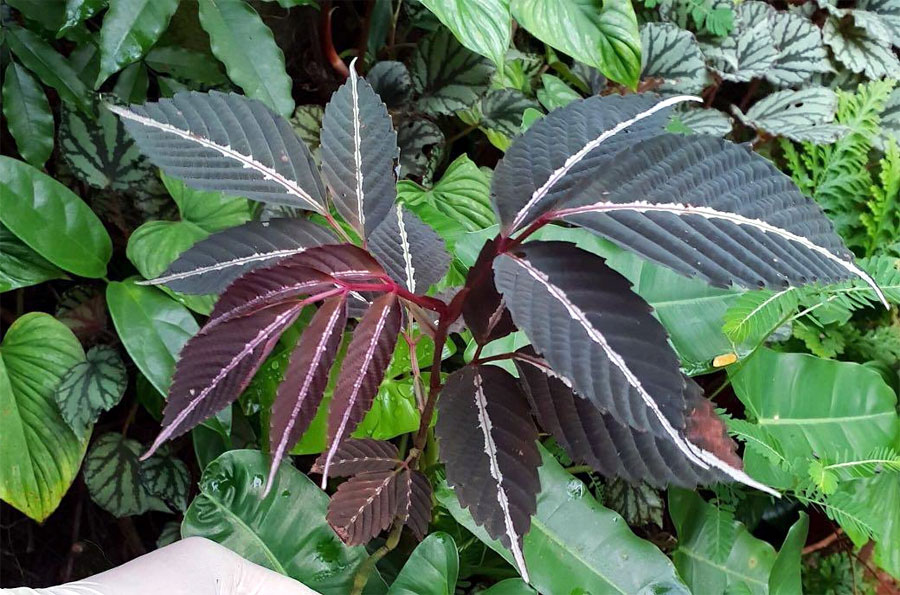
Sunlight
It is possible for Leea Amabilis to grow in indirect light. As they grow in their original habitats, they prefer to avoid direct sunlight by growing in the shady shade of large trees. Ideally, it should be placed at the eastern window so that it receives diffused light. Despite growing in the penumbra, it stretches out when it isn’t getting enough light, the leaves fade when it’s sunny, and turn yellow when it’s bright. During the winter, it is especially important to have bright lighting.
Fertilizer
In spring and autumn, make regular feedings every two weeks with a complex soluble fertilizer. Fertilizers made from organic materials can also be useful.
Repotting
Traditionally, they are transplanted in spring into a larger pot than their previous one. Changing the top layer of soil is sufficient for a plant that is already established.
Read also:
How to grow Dieffenbachia Houseplants. How to keep your indoor plants happy and healthy. When and how to grow Wisteria plants. How to grow and care for Boston ferns. Growing Golden Barrel cactus in your garden. Orchid plants care guide. Growing Vanilla beans plants in your backyard. Gowing dill plants and care guide. Growing and caring kale plants. Growing cucumber in your kitchen garden. Foxtail fern growing and care tips. 6 Healing herbs you must grow in your garden.
For Pin:

